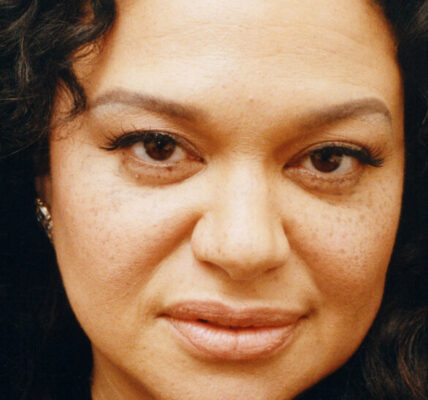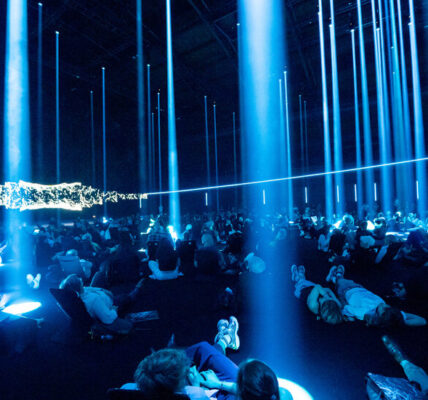“Wreath” looks, and sounds, much simpler than it is. The players pluck or bow a two-note, upward phrase that continuously changes in its harmony and volume; each measure is different, transforming like the broken chords of Bach’s famous Prelude in C and settling into a meditative flow.
Once that happens, it can be easy to lose your sense of time. And that is baked into the score: “Wreath” runs “15-25 minutes” because neither its rhythms nor note durations are to be played as they appear. Adès writes “sempre molto rubato” in the first measure, a direction to maintain a constantly fluid tempo.
This is where the piece gets incredibly difficult, but also magical. The players are both independent and interdependent; if the violins are a central reference point, then the viola and cellos can be roughly within one measure of them in either direction. Their individual freedom requires constant attention to the greater ensemble, in a tricky balance of forward motion and patience. Often soft, ending on an extreme and mostly symbolic “pianississississimo,” the music takes on a perfumed haze.
It is gorgeous, more the Adès of “Paradiso” than the grandly rollicking “Inferno.” And although it is inspired by the second movement of the Schubert, it is a fitting companion to the entire work, which even at its showiest is never far from profound beauty. The Quintet, as Norgaard said onstage, is “more than just a piece.” Like much of late Schubert, it seems to contain more than the heart can handle at once: mystery, grief, ferocity, joy, terror. Above all, grace.
All that was present on Thursday. The Danes — Norgaard on viola, Frederik Oland and Rune Tonsgaard Sorensen on violin, Fredrik Schoyen Sjoin on cello — are among the most skilled and intelligent interpreters of late Schubert and Beethoven, affecting but not overly emotional, organic and sometimes shockingly daring, but unified in their vision.




